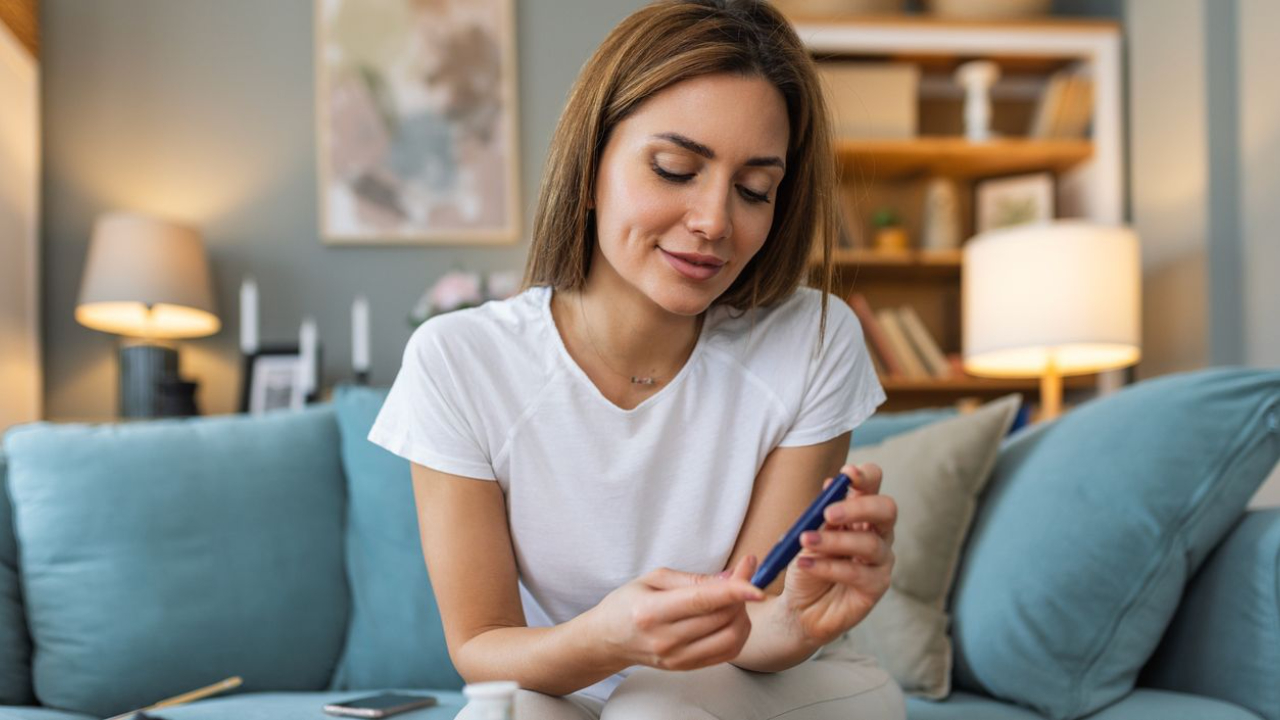How to Treat PMDD Naturally
Aug 14, 2024
Premenstrual Dysphoric Disorder (PMDD) is a severe form of premenstrual syndrome (PMS) that significantly impacts the lives of those affected. While PMS is relatively common, PMDD is less so, affecting 2-6% of women, yet its symptoms are much more debilitating. Let's delve into the possible root causes, risk factors, and what effectively treating PMDD naturally can look like.
Possible Root Causes of PMDD
Hormone Excess/Deficit Theory:
Women with PMDD often have normal levels of estrogen and progesterone. However, changes in these hormone levels, rather than the levels themselves, are thought to trigger PMDD symptoms. Suppressive hormone therapy, such as hormonal birth control, can be an effective/conventional treatment for PMDD.
Progesterone Sensitivity Theory:
Some women with PMDD may be more sensitive to the withdrawal or exposure to the progesterone metabolite, allopregnanolone. Blocking allopregnanolone reduces symptoms, but blocking progesterone receptors does not, suggesting a unique sensitivity. Less commonly used, bio-identical progesterone use during the luteal phase post-ovulation can be an effective treatment strategy.
Serotonin System Deficit Theory:
PMDD symptoms can occur when tryptophan (a precursor to serotonin) is depleted or when serotonin receptors are blocked. This indicates a potential deficit in the serotonin system, which is why serotonin reuptake inhibitors (e.g., fluoxetine) can be an effective/conventional treatment for PMDD.
Common Risk Factors
Several factors can increase the risk of developing PMDD, including:
- Metabolic syndrome
- Nicotine use
- Early sexual abuse and/or trauma
- Comorbidity with depression and/or anxiety
- Familial patterns, particularly higher in monozygotic twins
- Dysregulation of genetic complexes like ESC/E(Z)
Debunking a Common Myth
It's important to dispel the myth that PMDD is due to estrogen dominance. Current research does not support this theory, focusing instead on the sensitivity to fluctuations in hormone levels and their effects.
Symptoms and Diagnosis
PMDD symptoms are more severe and disruptive than those of PMS. According to the American College of Obstetricians and Gynecologists (ACOG), PMDD requires at least five symptoms that are physical or behavioral, including at least one affective symptom (e.g., mood swings, irritability, or depression) occurring in the luteal phase and improving after menstruation begins.

Natural Treatment for PMDD
Dietary Changes:
- High-Protein Foods: Incorporate foods high in protein, iron, riboflavin, and vitamin B6, which contain tryptophan, such as eggs, cheese, pineapple, tofu, salmon, nuts/seeds, and turkey. These foods can act as natural supplements for PMDD.
- Complex Carbohydrates: Consume complex carbs during the luteal phase.
- High-Fiber Foods: Fuel gut bacteria with high-fiber foods to optimize the gut-brain axis.
Lifestyle and Therapy:
- Cognitive Behavioral Therapy (CBT): Effective in managing mood-related symptoms.
- Light Therapy: Can help regulate mood.
- Exercise: Aerobic activities like walking, swimming, or biking can improve mood and energy levels.
- Acupuncture and Massage: Though data is limited, these may reduce symptoms like depression, anxiety, and pain.
Nutritional Supplements and Herbal Remedies for PMDD:
Along with dietary changes, consider these herbs and supplements to help manage PMS symptoms (always chat with your healthcare provider regarding optimal forms and dosing for you):
- Vitex agnus castus (Chasteberry)
- Tryptophan
- Vitamin B6 (Pyridoxine)
- Calcium
- St. John's Wort
- Gingko Biloba
- Evening Primrose Oil
These herbal remedies and natural supplements for PMDD are integral to a holistic approach to managing symptoms.
If you find yourself struggling with extreme emotional and physical symptoms every month, it might be more than just PMS. PMDD is a serious condition that affects many women, but with the right approach, including natural PMDD treatment options, it can be managed effectively.
Remember, you don't have to face this alone. Seeking support from a healthcare professional can help you find the best strategy for your individual needs. Book a free 15-minute discovery call here to see how we can help you treat PMDD naturally.
Sources:
https://pubmed.ncbi.nlm.nih.gov/27479626/
https://pubmed.ncbi.nlm.nih.gov/27679647/
https://academic.oup.com/aje/article/177/10/1118/100730
https://pubmed.ncbi.nlm.nih.gov/12672170/
https://pubmed.ncbi.nlm.nih.gov/10721042/
https://pubmed.ncbi.nlm.nih.gov/10334745/
https://pubmed.ncbi.nlm.nih.gov/28217679/
https://pubmed.ncbi.nlm.nih.gov/8235261/
https://pubmed.ncbi.nlm.nih.gov/24410911/
https://www.tandfonline.com/doi/abs/10.3109/01674820209074672
https://www.sciencedirect.com/science/article/abs/pii/S0029784495800093?via%3Dihub
Unlock Your Hormone Health With Our Free Checklist
You deserve to know what is going on with your body and to understand why (or even IF) you have hormonal imbalances.
So we created this FREE resource to help guide you with some of the top labs and tests to consider.







